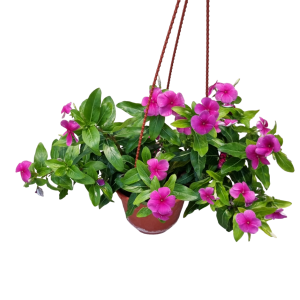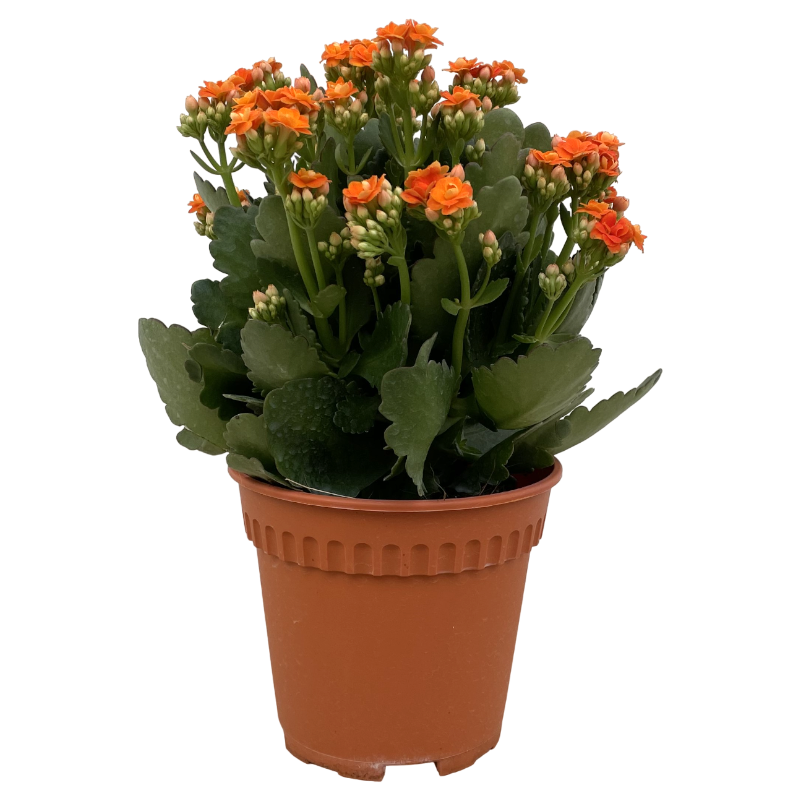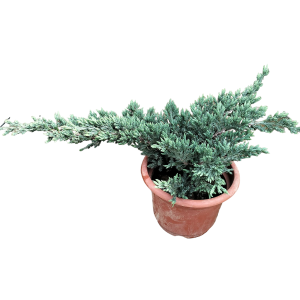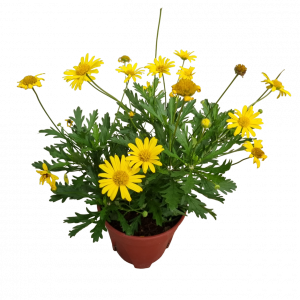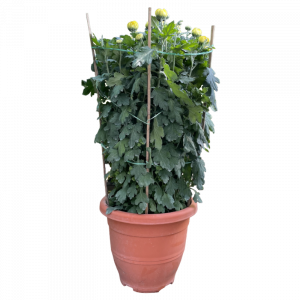Kalanchoe blossfeldiana, commonly known as Flaming Katy or Christmas Kalanchoe, is a popular succulent perennial belonging to the Crassulaceae family. Native to Madagascar, this vibrant plant is renowned for its stunning clusters of small, tubular flowers that bloom in a variety of colours, including red, pink, orange, yellow, and white. The fleshy, oval-shaped leaves are glossy and dark green, providing a striking backdrop to its colourful blooms. Flaming Katy is often grown as a houseplant and is appreciated for its ability to flower profusely with minimal care, making it a favourite among both novice and experienced gardeners. It subtly contributes to air purification, making it a suitable choice for home and office spaces.
Plant Care Guide
Light Requirements: Kalanchoe blossfeldiana thrives in bright, indirect sunlight but can also tolerate some direct sunlight. Ideally, place the plant near a sunny window where it can receive at least 6 hours of light each day. Insufficient light can lead to leggy growth and fewer blooms.
Soil Conditions: This plant prefers a well-draining potting mix. A blend of potting soil, perlite, and coarse sand is ideal to ensure good drainage and prevent root rot. Ensure that pots have drainage holes to facilitate proper water flow.
Watering: Water the Kalanchoe when the top 2.5 cm of soil feels dry to the touch. It is important to avoid overwatering, as this can lead to root rot.
Fertilising: Apply a balanced, water-soluble fertiliser. This will promote healthy growth and flowering.
Humidity: Kalanchoe blossfeldiana prefers average indoor humidity levels. It can adapt to lower humidity environments, making it suitable for most indoor settings. Avoid placing it in overly humid areas, as this can increase the risk of fungal diseases.
Pest Management: Regularly check for pests such as aphids, mealybugs, and spider mites. If infestations occur, treat with insecticidal soap or neem oil. Maintaining good air circulation around the plant can help prevent pest issues.
Lighting: Bright Filtered Light
Watering: Water Moderately
Watering Frequency: When top layer of soil is dry
Mealy bugs: Mealy bugs are small insects that feed on plant sap and can cause damage and transmit diseases. To control them, you can physically remove them, introduce natural enemies, or use insecticidal soap or neem oil. It’s important to monitor plants regularly and act quickly to prevent damage..
Aphids: Aphids are tiny, pear-shaped insects that range in color from green to yellow to black. They feed on the sap of plants using their sharp, piercing mouthparts and can cause stunted growth, curling leaves, and other damage. They reproduce quickly and can form large colonies, making them a common pest in gardens and greenhouses..
Spider mites: These pests can cause leaves to appear stippled or yellowed, and the plant may lose its leaves. Spider mites thrive in dry conditions, so increasing humidity levels and regularly misting the plant can help prevent them..
Powercote NPK 15+15+15+TE (450g): Every 3 Months.

